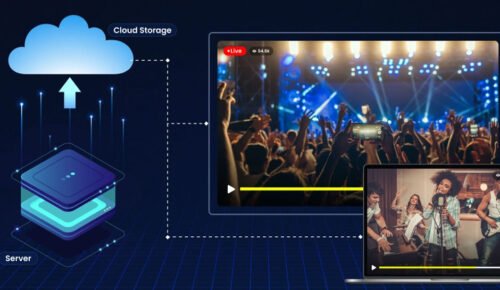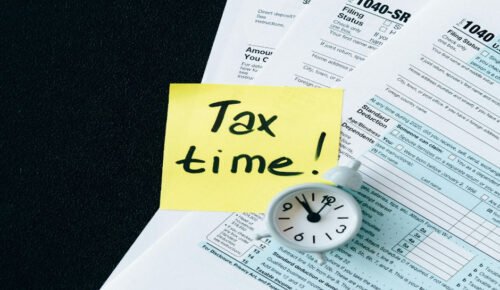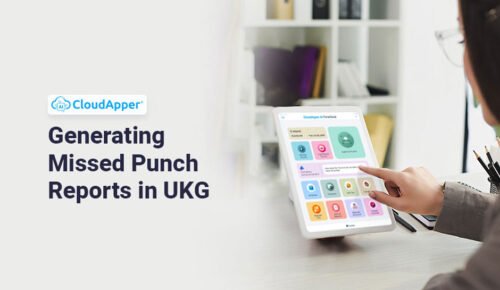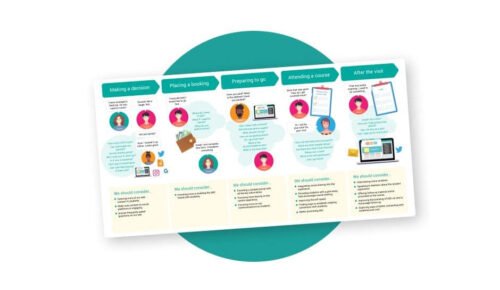Managing a fleet is no small task, and one of the most significant challenges you may face is keeping costs under control. With fuel prices fluctuating and vehicle maintenance expenses climbing, reducing operational costs has never been more crucial.
One often-overlooked solution is driver performance monitoring. By keeping an eye on how your drivers are performing, you can make significant savings while improving overall fleet efficiency.
Reducing Fuel Consumption with Performance Monitoring
Fuel is one of the largest expenses for any fleet, so finding ways to use less of it can significantly reduce your costs. Driver performance monitoring can help you achieve this by providing you with the data you need to address fuel-wasting behaviours.
For example, speeding not only risks safety but also burns through fuel more quickly. By identifying drivers who regularly exceed speed limits, you can offer them coaching or incentives to drive more responsibly.
Similarly, excessive idling wastes fuel without getting you any closer to your destination. Monitoring systems that track idle times allow you to set limits and encourage drivers to turn off engines when stationary.
When integrated with fleet tracking, you get real-time alerts and detailed reports, making it easier to spot trends and tackle issues before they turn into expensive problems. Tracking routes and stops helps optimise driving time, further cutting down fuel use.
Lowering Maintenance Costs
Another area where driver performance impacts costs is vehicle maintenance. The way a driver handles a vehicle can either prolong its life or lead to premature wear and tear. Harsh braking, rapid acceleration, and overloading are all factors that can accelerate the need for costly repairs or replacements.
Driver monitoring tools can track these behaviours and provide you with valuable insights. By identifying drivers who are particularly hard on their vehicles, you can take steps to re-train them. This reduces the frequency of breakdowns, and in turn, lowers your overall maintenance budget.
Better driving also means fewer accidents, which not only protects your drivers and other road users but also prevents expensive repair bills and insurance claims.
Improving Driver Accountability and Performance
Driver performance monitoring is not just about cost savings; it’s also about improving accountability and overall performance. When drivers know they’re being monitored, they tend to take more care on the road. This often leads to better fuel economy, fewer accidents, and a more positive company image.
Moreover, monitoring can be a valuable tool for rewarding high-performing drivers. By using the data to recognise and incentivise safe, efficient driving, you encourage a culture of excellence within your fleet. This has a knock-on effect of boosting morale and reducing driver turnover, which can also save you money in recruitment and training.
Closing Statement
Monitoring driver performance is an essential part of running an efficient fleet, and the financial benefits are clear.
By addressing poor driving habits, you can reduce fuel consumption, lower maintenance costs, and create a safer working environment for your drivers.
When combined with GPS tracking technology, you gain valuable insights into every aspect of your operations, allowing you to make informed decisions that reduce costs and improve overall efficiency.








































































































